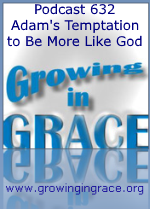Some Bible verses can appear to be scary on the surface when taken out of context, so keep reading and look for the refuge of assurance found only in Christ. Abraham is a great example of faith in action as he depended upon God to fulfill a promise … which ultimately would lead to a great High Priest, appointed through an oath—not the law.














